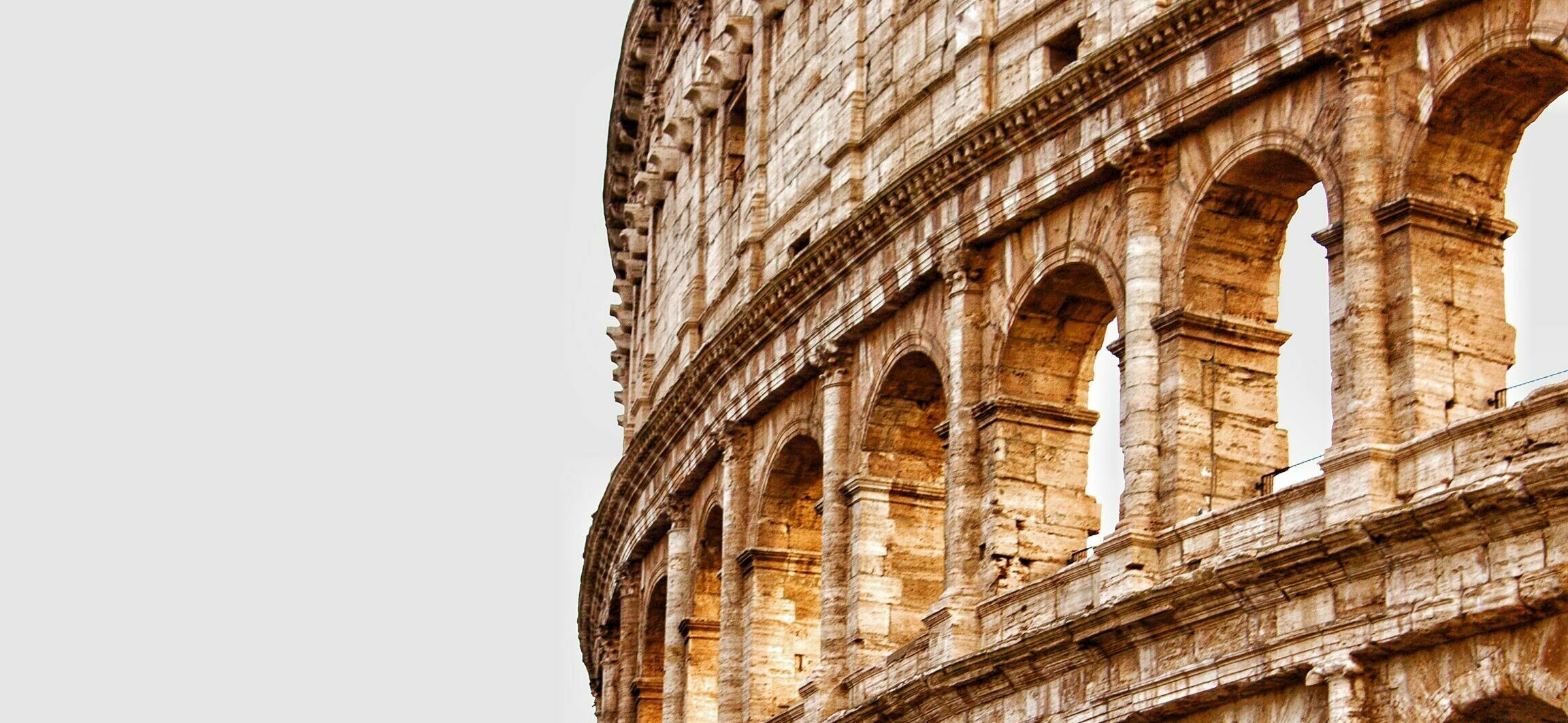HOW TO REACH ROME
It is almost true that all routes lead to Rome. The Eternal City offers an extraordinary number of transport connections. The capital can be reached using airports, train stations and motorways. All these options guarantee that the city can be reached quickly and efficiently. The city has three metro lines, plus tram and public bus routes.
Visa Letter
All participants will be able to download their Visa invitation letter on the Conftool platform, upon registration to the Congress and processing by the Organizing Secretariat.

By Air
Roma Fiumicino (FCO) international airport
By Train:
- Leonardo Express, a non-stop service exclusively for airport passengers to/from Rome Termini railway station leaving every 15 minutes, with a journey time of 32 minutes (departures every 30’ from Fiumicino Airport before 07.08 and after 21.08 and between 10.08/10.38 and 14.08/14.38 – departures every 30’ from Rome Termini before 06.20 and after 20.20 and between 09.50/10.20 and 13.50/14.20);
- Regional FL1 trains to/from other stations in Rome, including Rome Tiburtina, with departures every 15 minutes on weekdays and every 30 minutes on weekends and holidays
By Bus:
- The scheduled bus stops are opposite Terminal 2, Arrivals. To reach them, please follow the “Regional Bus Station” signs.
> For more information, visit the airport website.
From Ciampino (CIA) international airport
By Train:
- The nearest train station to the Giovan Battista Pastine Airport is in the town of Ciampino, connected to the airport by COTRAL/SCHIAFFINI buses every 30 minutes. A light rail service connects the Ciampino railway station to the Termini railway station in an average time of 15 minutes.
By Bus:
- A daily connection between the airport and Rome Termini railway station is provided by three different companies: Terravision, SIT and Schiaffini.
> For more information, visit the airport website.
By Train
To look for the excellent rail connections of Rome, we suggest looking up for different solutions on trenitalia.it or on
italotreno.it for high speed rail.
By Car
The main routes are:
- arriving from the North, the A1 Milan-Rome;
- arriving from the West of the country, the Aurelia State Road and then the A12 Civitavecchia-Rome;
- arriving from the Adriatic Coast, the A24 Aquila-Rome;
- finally arriving from the South, the A1 Naples-Rome.
For further information visit www.autostrade.it
By Bike
- Long-Distance Cycle Routes:
-
- from Paris- Rome* – the Cycle Route in Aosta connects to the stretch of the Via Francigena that passes through the Gran St Bernard Pass;
- from Munich-Rome* – the Cycling Route cross into Italy at the Brenner Pass, than at Calestano (PR) connects to the Ciclovia Francigena, the name for the Italian section of the eurovelo 5;
- from Norway to Italy, the Sun Route* – the Sun Route touches different countries in Europe, such as Norway, Finland, Sweden, Denmark, Germany, Czechia, Austria, and Italy (and it arrives at Malta).
- The Via Francigena Cycle Route
- The Via Francigena Cycle Route* is the traditional pilgrimage route that runs from Canterbury in south-east England to Rome.
There are 3 variants of the route:-
- the Via Francigena Cycling Route is the closest to the Via Francigena hiking route, crossing into Italy at the Gran St Bernard Pass;
- the Ciclovia Francigena is the name for the Italian section of the eurovelo 5. The eurovelo 5 follows the Swiss national route 3 from Basel to Chiasso in Italy taking the Gotthard pass;
- there’s also the Moncenisio variant of the Ciclovia Francigena, which starts at the Col du Mont Cenis.
-
- *Please, note that these are external websites not managed by the Organizing Secretariat of ICA 2022.
